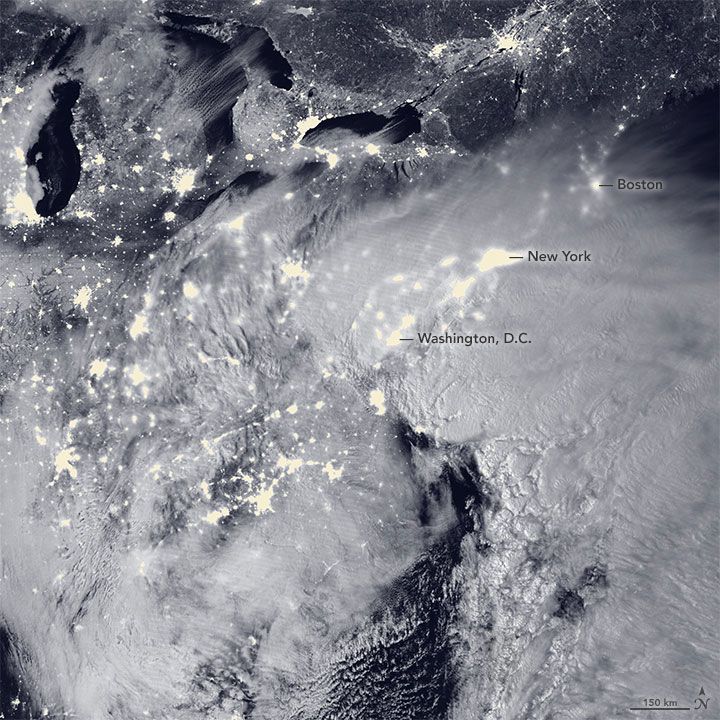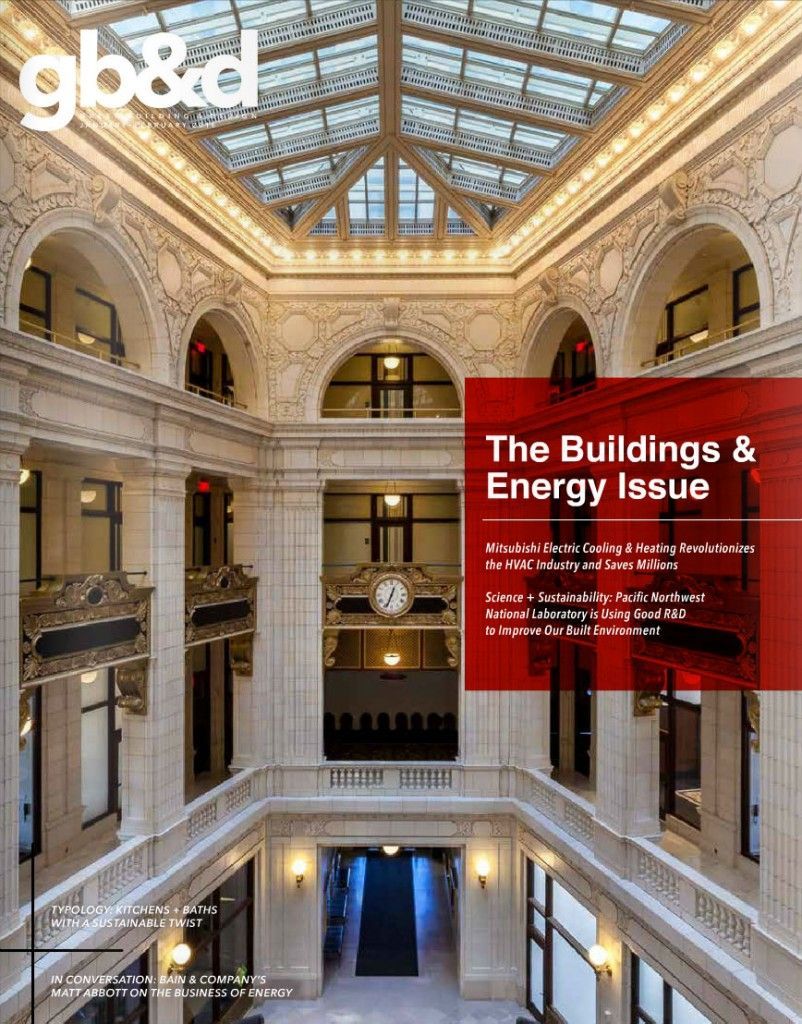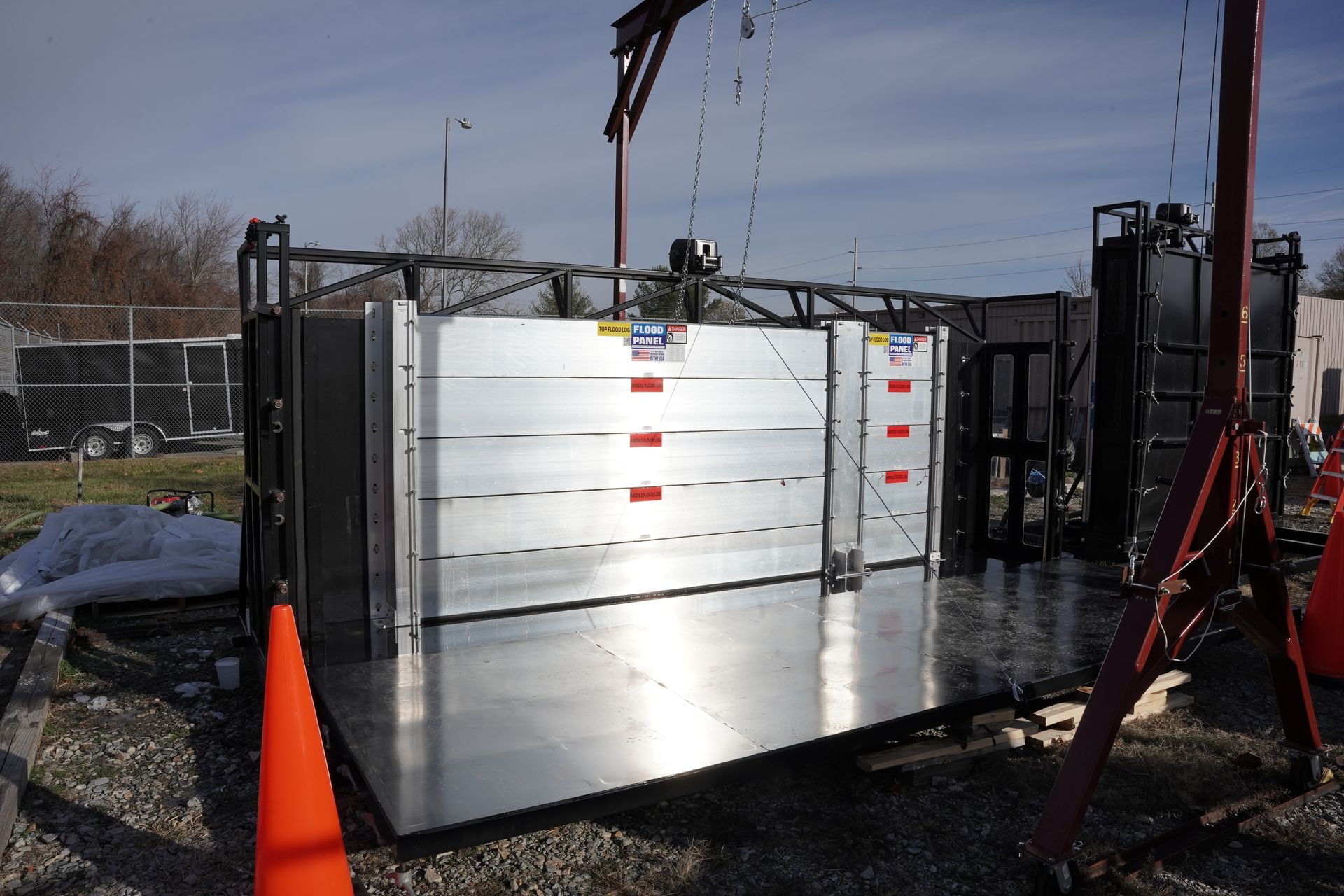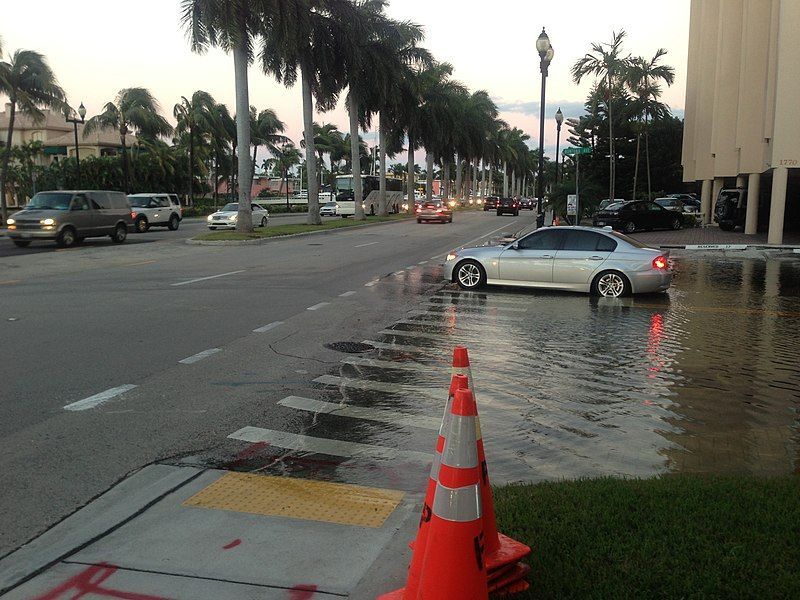Page 22
Media Contact
Email: media@floodpanel.com
The winter of 2015-2016 has been exceptionally wet throughout much of the continental U.S., thanks to a very strong El Niño weather pattern that has brought both devastation and salvation. The salvation has been experienced in the southwest, particularly the coastal states of California, Oregon, and Washington. These areas have been experiencing an prolonged and vicious drought that has killed countless trees, much native wildlife, and even humans who were killed by uncontrollable wildfires.
This winter, these zones are enjoying heavy and frequent rains that are very welcome — to a point. The problem lies in the rock-hard, parched ground, which does not absorb water. Much of the precious water is running off, into the ocean or into streams and rivers. The mighty Mississippi River and its tributaries are catching a lot of this run-off, and a huge and dangerous flood crest made its way south during the month of January. Unfortunately, the banks of this huge river are lined with many major cities that were founded close to the banks in order to profit from transport and commerce from passing steamships.
Major cities like St. Louis, Memphis, Baton Rouge and New Orleans have all been warily watching the flood crest roll towards them, hoping against hope that levees would hold back the water. Some large towns have suffered flood crests that broke records by over 4.5 feet, in spite of the fact that these records date all the way back to the 1800’s. In addition to major cities and towns, there are many other commercial interests that have been adversely affected by the cresting river. Refineries, docks, warehouses, machinery, and the levees themselves have been threatened by high water.
The U.S. Army Corps of Engineers opened the Bonnet Carre Spillway starting on Sunday, January 10, 2016.
The U.S. Army Corps of Engineers (USACE) has kept a close eye on the flood crest as it moved downstream. This organization has made moves intended to keep the flood under control as much as possible. Spillways were opened strategically to channel the water out of the river in time to prevent flooding in major cities. This move, however, comes with a cost to the communities downstream of the spillways. Hundreds of homes were flooded by the opening of the spillways, in what must seem to those homeowners as a deliberate disaster.
While property damage caused by the opening of the spillways dismayed thousands of people, many, many more people were praying that the opening of the spillways would allow the levees to hold. During the migration of the flood crest, many levees were perilously close to breaching, or even collapse. The USACE announced during the flood alert that 19 levees throughout the Mississippi Valley were ‘highly vulnerable’ to flooding. In the end, many of the levees did fail, and cities from St. Lewis to Baton Rouge experienced widespread flooding. Thousands of people were evacuated from the flood zones, lives were disrupted, property was lost or damaged; but by pure luck no lives were lost.
It is worth noting that although flood records have been kept since the mid 1800’s, all of the worst floods have occurred within the past 25 years. Global warming, rising sea levels, and climate disruption are causing ever more dangerous floods along the Mississippi River as well as the coastal areas of the U.S. It is not just the state of Florida that must worry about preparing for the future, but also the major cities that line the great rivers of the American heartland.
Source:: FloodBarrierUSA
Jonas brings historic flooding to the East Coast

Storm Jonas set more than snowfall records in the Northeast. Much of the coast was also impacted by historic flooding caused by the convergence of a full moon, three high tide cycles and storm surge. For many residents along the coast, the Blizzard of 2016 will be remembered for flooding worse than they experienced from Hurricane Sandy in 2012.
Cape May, N.J. recorded water levels of 8.98 feet during the height of the storm, setting a new record previously set during Hurricane Sandy.
In Lewes, Del., the water level of 9.27 broke its previous record set in 1962.

Resiliency experts: Green Building & Design feature explains why @RISE_NYC chose us for #floodprotection …
Please
click here to view article in a new window.



